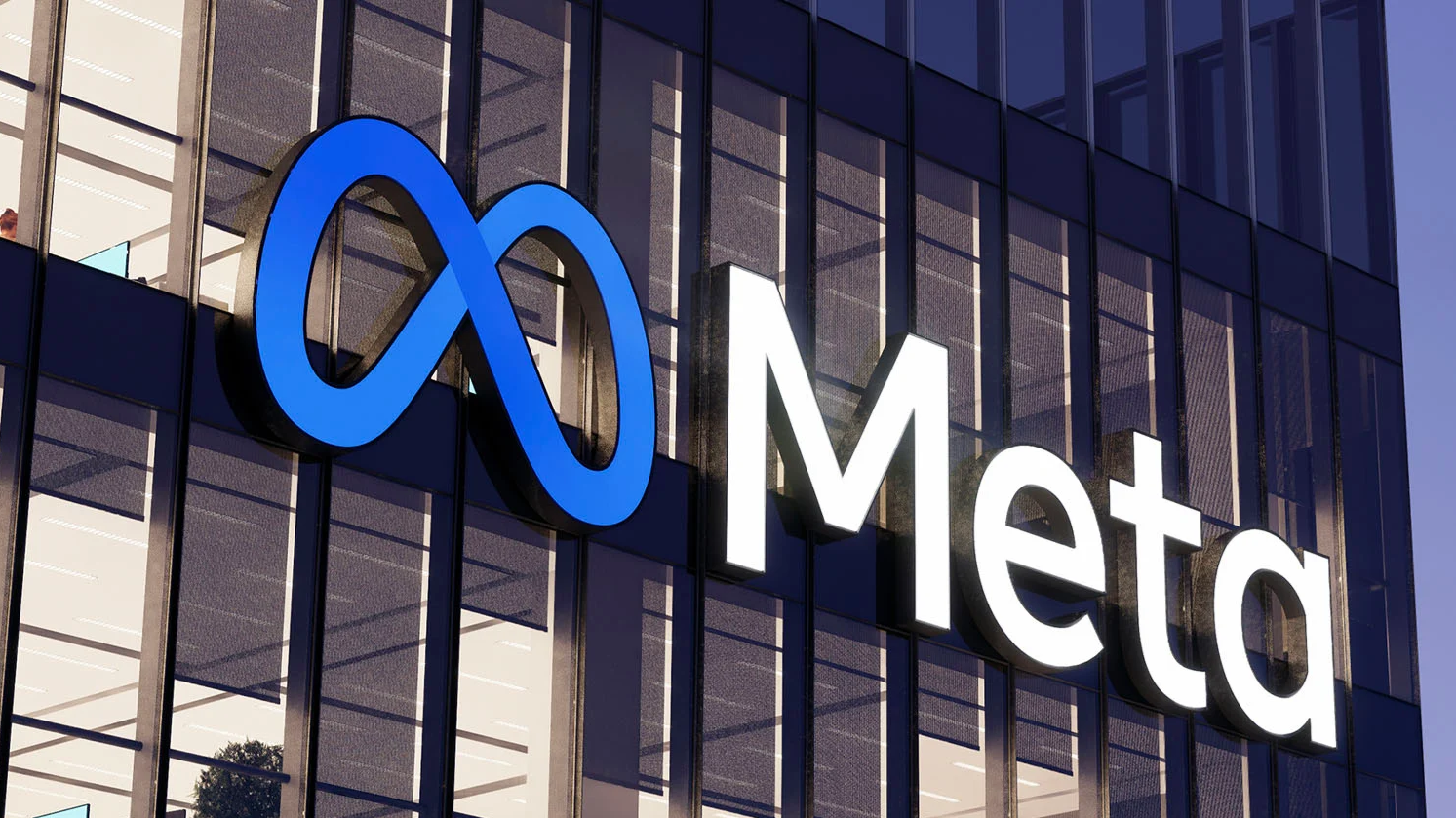Meta’s Pulling a Sneaky Trick to Push Business Verification (And I’m Not Sure How I Feel About It)

Alright, brand builders, we need to talk about Meta's latest move that's giving me serious "mean girls" vibes. You know how in secondary school there was always that one person who'd say "Oh, you're not wearing the trendy jeans? That's... brave." Well, Meta's basically becoming that person with their latest update to Meta Verified.
Let me break down what's happening and why it matters for your business presence on Facebook and Instagram.
What Meta's Actually Doing
Two major changes are coming to Meta Verified (their paid blue tick subscription that starts at £21.99 per month per platform):
- The "Original Content" Tag - Verified accounts can now tag their content as "Original" after a human review. When anyone reposts or creates content based on yours, a link back to your profile will be included. Clever for brand awareness, I'll give them that.
- The Sneaky Warning Pop-up - Here's where it gets proper cheeky. Meta will start showing warnings to users when they try to engage with business accounts that AREN'T verified, essentially saying "Hmm, this business might not be trustworthy because they haven't paid us."
As Meta puts it in corporate-speak: "People report the verified badge is a helpful signal when deciding whether to engage with a business they don't already know. To help people more easily assess whether a business account is Meta Verified before engaging, we're testing new in-app education that more clearly tells people when a business account is not yet Meta Verified."
Translation: "Pay us monthly or we'll make your potential customers think twice about trusting you."
Why This Feels a Bit Off
Let's be honest – this feels like a strong-arm tactic to boost subscription numbers. Consider that currently only about 7.7 million accounts total have signed up for Meta Verified. That's a tiny fraction of Meta's user base, meaning the vast majority of legitimate businesses haven't opted in.
And can you blame them? At £21.99 per month per platform (or £34.99 for both Facebook and Instagram), that's nearly £420 a year just to avoid having Meta subtly suggest to your audience that you might not be trustworthy.
The verification tick used to mean something – that you were a notable entity worth protecting from impersonation. Now it just means you're willing to pay a subscription fee.
What This Means For Your Brand
If you're running a business on Instagram or Facebook, you now have some decisions to make:
- Pay up - If customer trust is critical to your business (and when isn't it?), you might feel pressured to subscribe just to avoid the warning labels.
- Wait and see - Meta says they're testing this with "a small subset" of users over the next few months. Perhaps wait to see if there's significant user pushback.
- Double down on organic trust signals - Make your content so obviously authentic and value-driven that people trust you regardless of a blue tick.
- Diversify platforms - Perhaps it's time to strengthen your presence on platforms with different verification approaches.
There are some legitimate benefits to Meta Verified – increased visibility in feeds and search results being the primary ones. But it's worth asking if those benefits are worth the subscription cost for your specific business goals.
My Honest Take
As someone who helps brands build authentic connections with their audiences, I find this approach a bit disappointing. Trust should be earned through consistent value delivery and authentic engagement – not purchased through a monthly subscription.
That said, I'm also a realist. If this change rolls out broadly and you notice a drop in engagement or conversions, it might be worth testing Meta Verified for a few months to measure the impact.
What do you think about this change? Will you be subscribing to Meta Verified for your business? Or do you think your audience knows better than to trust a blue tick over actual value? I'd love to hear your thoughts!